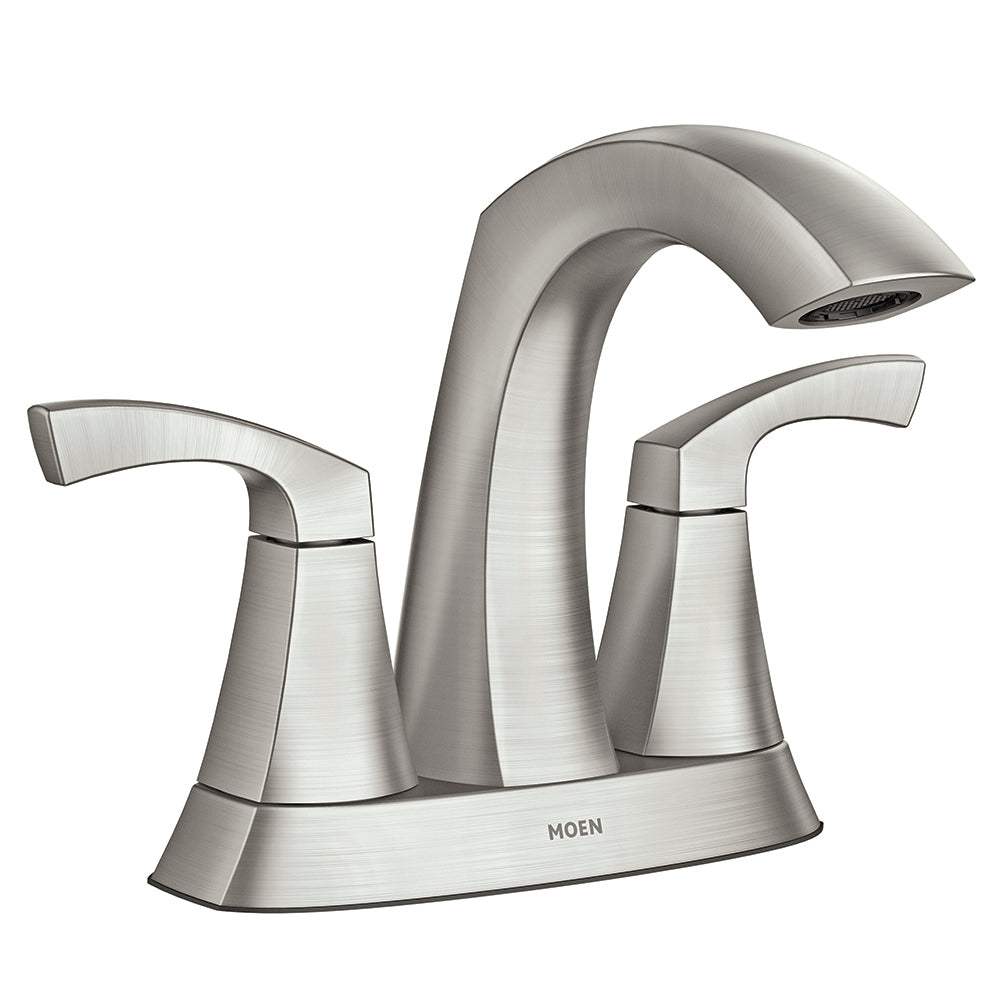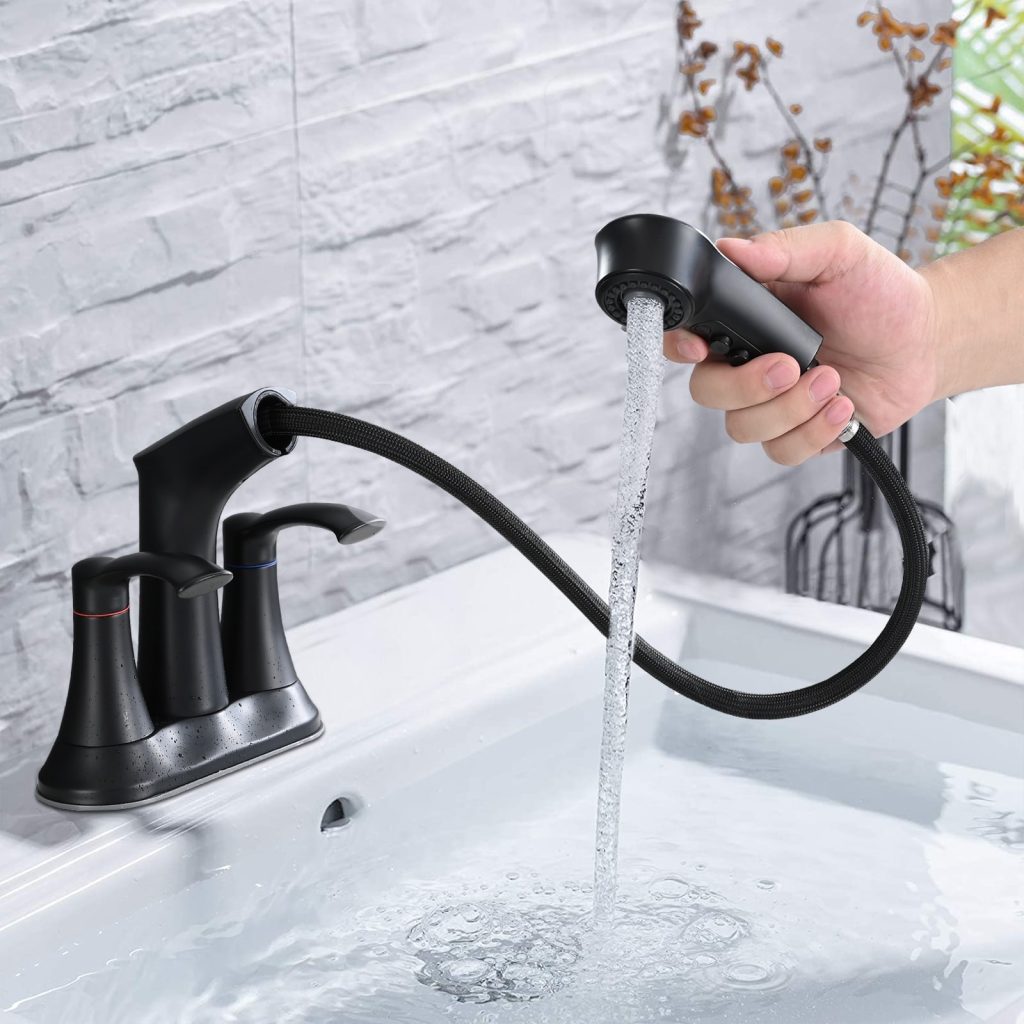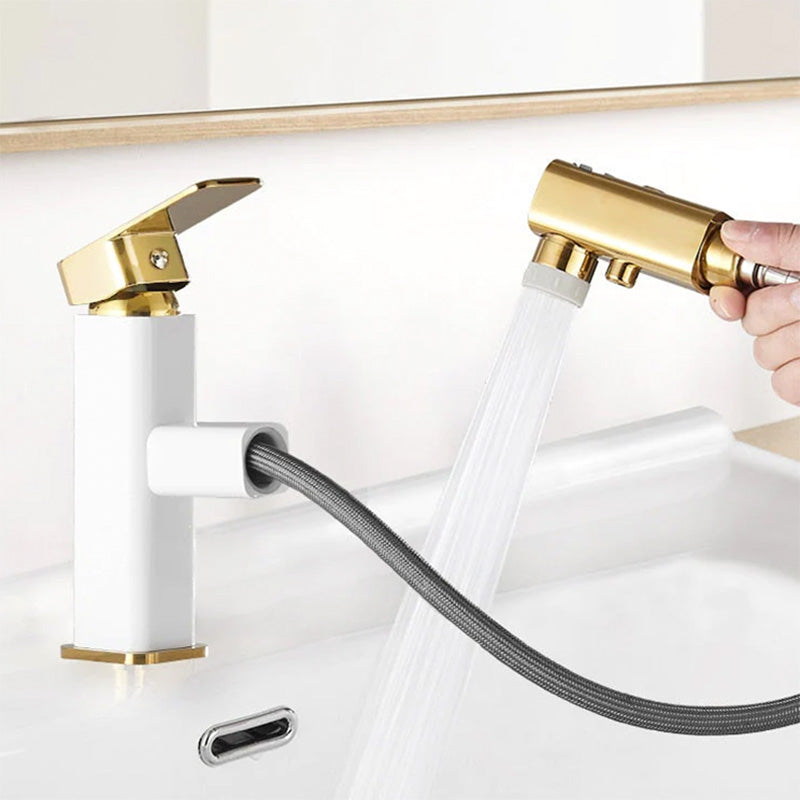How to replace bathroom faucets? The bathroom faucet is a crucial element of any bathroom, providing both functionality and aesthetic appeal. Over time, faucets can become worn out, start leaking, or simply look outdated. If you are experiencing any of these issues, it may be time to consider replacing your bathroom faucets.
In this comprehensive guide, we will walk you through the step-by-step process of replacing bathroom faucets. From selecting the right type of faucet to removing the old one and installing a new one, we will cover everything you need to know to successfully complete this project.

Selecting the Right Faucet
Before you start the process of replacing your bathroom faucet, it’s essential to choose the right replacement. There are several factors to consider when selecting a new faucet, including style, finish, configuration, and features. Here are some key considerations to keep in mind:
- Style: Consider the overall style of your bathroom and choose a faucet that complements the existing décor. Whether you prefer a modern, traditional, or transitional design, there are plenty of options available to suit your preferences.
- Finish: Faucets come in a variety of finishes, such as chrome, brushed nickel, bronze, and brass. Select a finish that not only complements your bathroom’s aesthetic but also coordinates with other fixtures in the space.
- Configuration: Determine whether you need a single-handle, double-handle, or wall-mounted faucet, depending on your preferences and the existing setup of your sink.
- Features: Consider the features you want in a new wrap faucets, such as a pull-down sprayer, touchless operation, or water-saving capabilities. These features can enhance the functionality of your bathroom faucet.
Removing the Old Faucet
Once you have selected the right replacement faucet, it’s time to remove the old one. Here’s a step-by-step guide to help you through the process:
- Turn off the water supply: Locate the shut-off valves under the sink and turn them off to cut off the water supply to the faucet.
- Drain any remaining water: Open the faucet to allow any remaining water to drain out. This will prevent a mess when you start dismantling the old faucet.
- Disconnect the supply lines: Use an adjustable wrench to disconnect the hot and cold water supply lines from the faucet. Place a bucket or towel under the connections to catch any water that may spill out.
- Remove the mounting hardware: Unscrew the nuts or bolts securing the faucet to the sink. You may need to use a basin wrench or a socket wrench to access these fasteners, depending on the type of faucet.
- Detach the old faucet: Once the mounting hardware is removed, carefully lift the old faucet off the sink and set it aside.
- Clean the area: Use a putty knife or scraper to remove any old caulk or debris from the sink surface, ensuring a clean and smooth base for the new faucet.

Installing the New Faucet
With the old faucet removed, it’s time to install the new one. Follow these steps to complete the installation process:
- Prepare the sink: If necessary, apply a thin bead of plumber’s putty along the base of the new faucet. This will help create a watertight seal between the faucet and the sink.
- Position the new faucet: Carefully position the new faucet onto the sink, aligning it with the pre-existing mounting holes. If your new faucet requires additional components, such as a deck plate or escutcheon, make sure to install them at this stage.
- Secure the faucet: From below the sink, use the provided nuts or bolts to secure the new faucet in place. If you have a widespread faucet, connect the handles and spout to the valves before securing them in place.
- Connect the supply lines: Reconnect the hot and cold water supply lines to the corresponding valves, using an adjustable wrench to ensure a tight connection.
- Turn on the water supply: Carefully turn the shut-off valves back on to restore the water supply to the faucet. Check for any leaks and make sure the water flows properly through the new faucet.
- Test the faucet: Turn on the new faucet and test all its features, such as the hot and cold water handles, the spout, and any additional components like a pull-down sprayer.
With the new faucet securely in place and functioning properly, you can now enjoy the improved appearance and functionality of your bathroom. Whether you’ve upgraded to a stylish new design or simply replaced an old, leaking faucet, this project is sure to make a positive impact on your daily routine.
What are the styles of bathroom faucets?
Bathroom faucets are not just functional fixtures, but also serve as decorative elements in the overall design of a bathroom. With a wide range of styles, finishes, and features, choosing the right sink faucets can enhance the aesthetic appeal and functionality of any bathroom.
Traditional Faucets
Traditional bathroom faucets are characterized by their timeless and classic designs. They often feature curved spouts, elegant handles, and intricate detailing. These faucets are a popular choice for those who prefer a more traditional and sophisticated look in their bathroom. Traditional faucets are available in a variety of finishes such as chrome, brushed nickel, and oil-rubbed bronze, making it easy to find one that complements the overall design of the bathroom.
Contemporary Faucets
Contemporary bathroom faucets are sleek, minimalist, and often feature clean lines and geometric shapes. These faucets are perfect for modern or minimalist bathroom designs. Contemporary faucets are typically available in finishes such as polished chrome, matte black, and brushed nickel, adding a touch of sophistication to any bathroom. Many contemporary faucets also come with innovative features such as touchless operation and water-saving technology.
Transitional Faucets
Transitional bathroom faucets are a blend of traditional and contemporary designs, making them a versatile choice for a wide range of bathroom styles. These faucets often combine classic elements with modern features, creating a timeless and elegant look. Transitional faucets are available in various finishes, including brushed nickel, stainless steel, and bronze, allowing homeowners to achieve a cohesive and stylish bathroom design.

Wall-Mounted Faucets
Wall-mounted bathroom faucets are a popular choice for those who want to create a unique and stylish look in their bathroom. These faucets are installed directly into the wall above the sink, freeing up counter space and creating a clean, contemporary look. Wall-mounted faucets are available in a range of styles and finishes, making them suitable for both modern and traditional bathroom designs.
Vessel Sink Faucets
Vessel sink faucets are specifically designed for use with vessel sinks, which sit on top of the bathroom counter rather than being recessed into it. These copper faucets are taller than standard faucets to accommodate the height of the vessel sink, and they often feature a single handle for easy temperature and flow control. Vessel sink faucets are available in a variety of designs and finishes, allowing homeowners to customize the look of their bathroom.
Single-Hole Faucets
Single-hole bathroom faucets are compact and easy to install, making them a popular choice for smaller bathrooms or powder rooms. These faucets have a single handle and a compact design, making them ideal for tight spaces. Single-hole faucets come in a wide range of styles and finishes, from traditional to contemporary, allowing homeowners to find the perfect faucet for their bathroom.
Conclusion
Replacing a bathroom faucet is a practical and rewarding home improvement project that can enhance the overall look and functionality of your bathroom. By following the step-by-step guide outlined in this article, you can confidently tackle this task and enjoy the results of a fresh, updated faucet in your bathroom.

